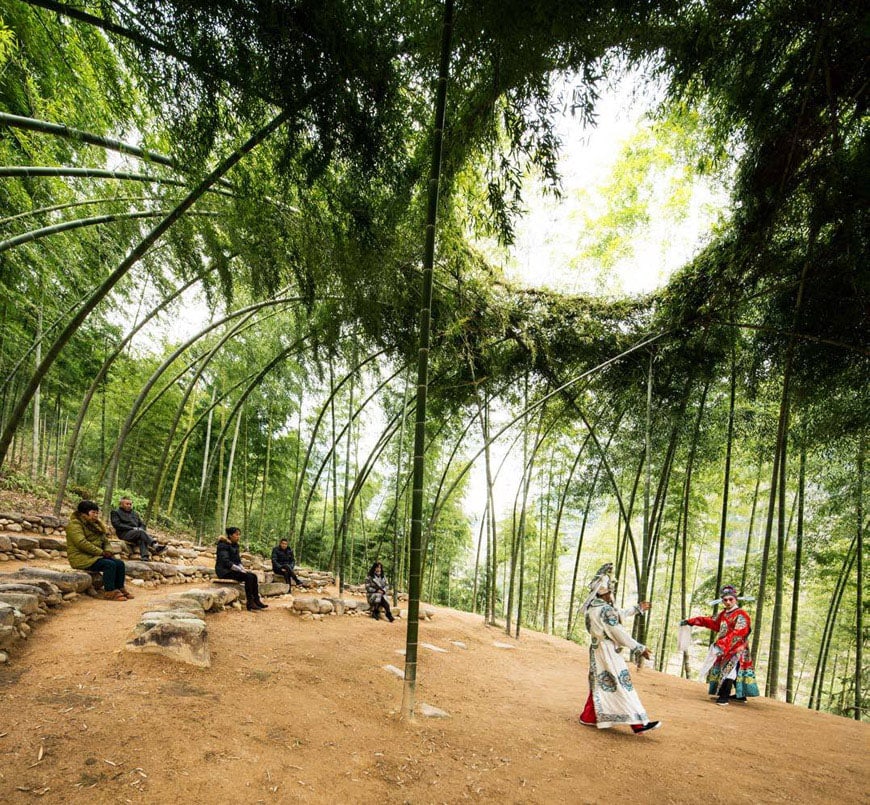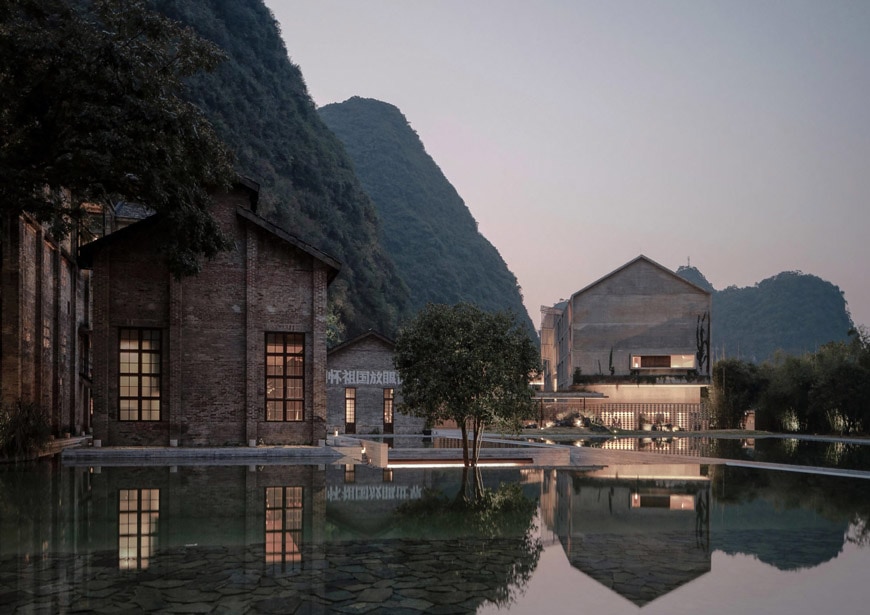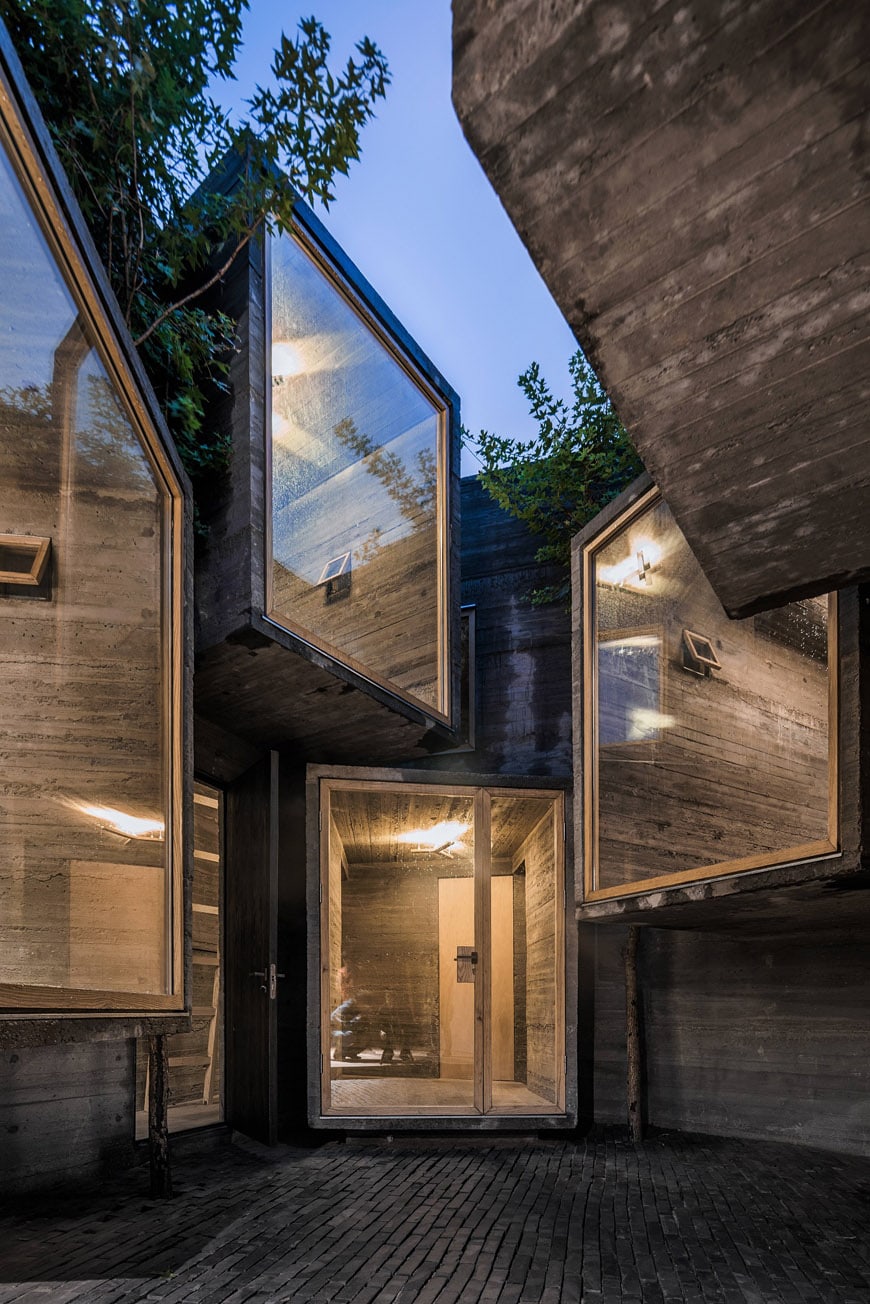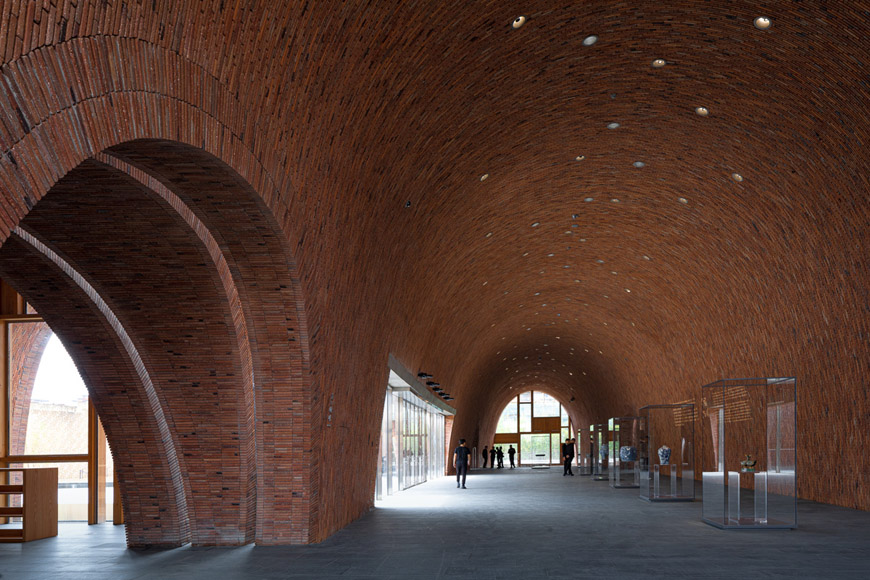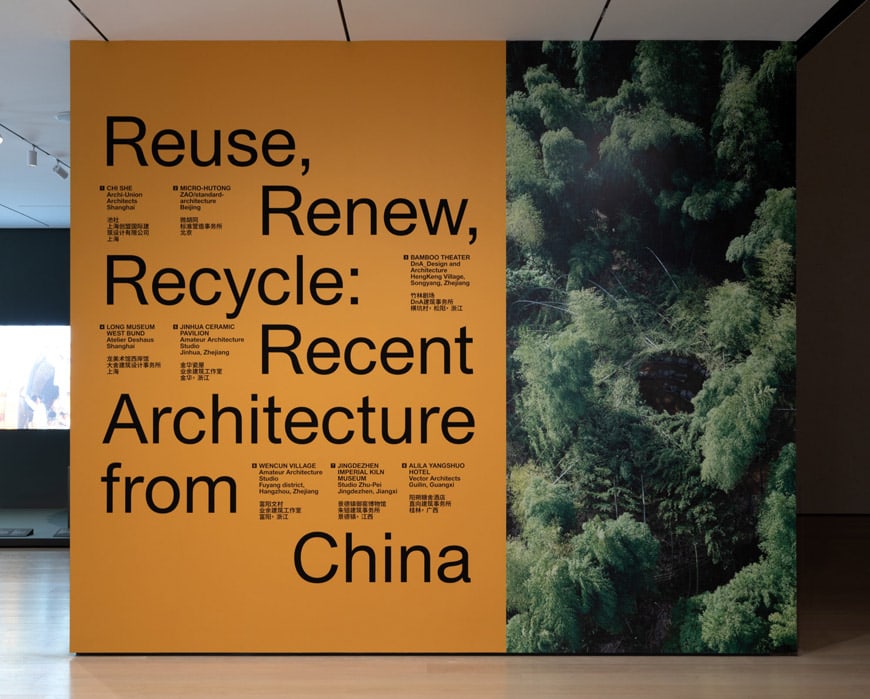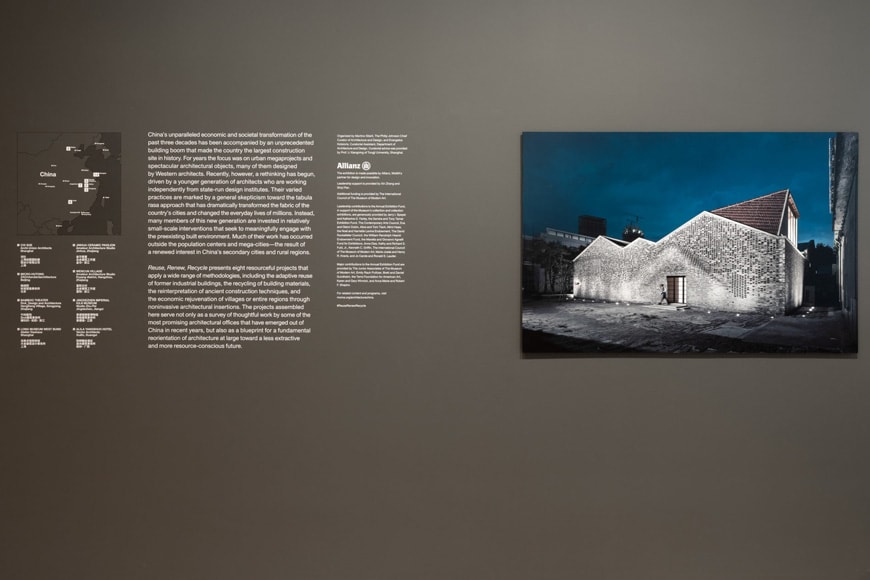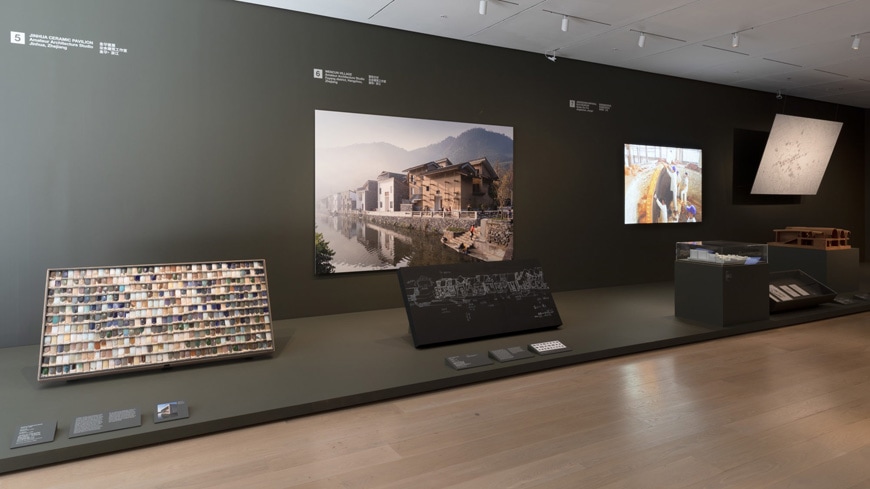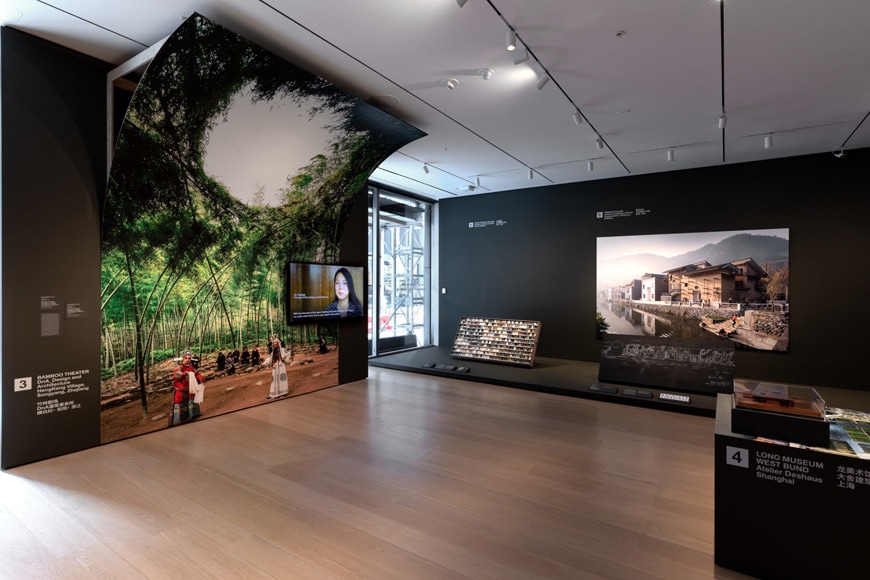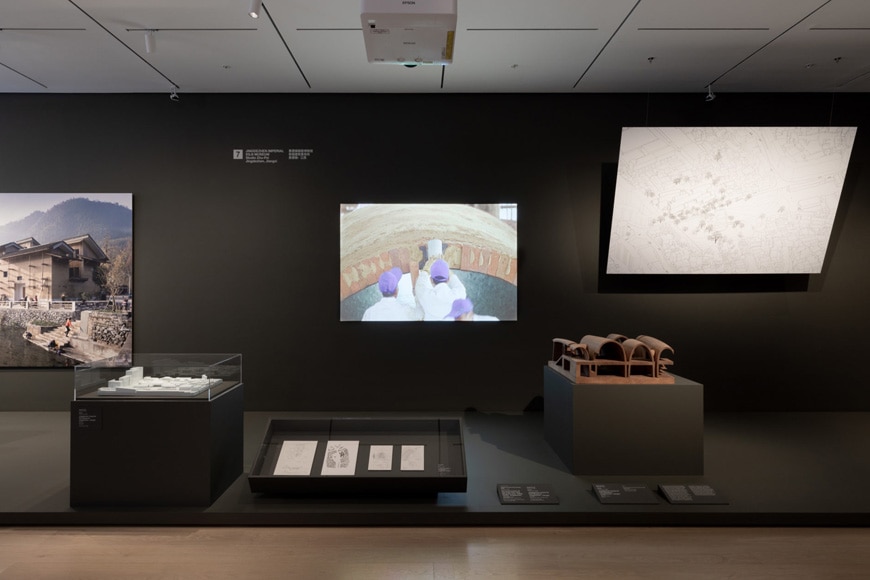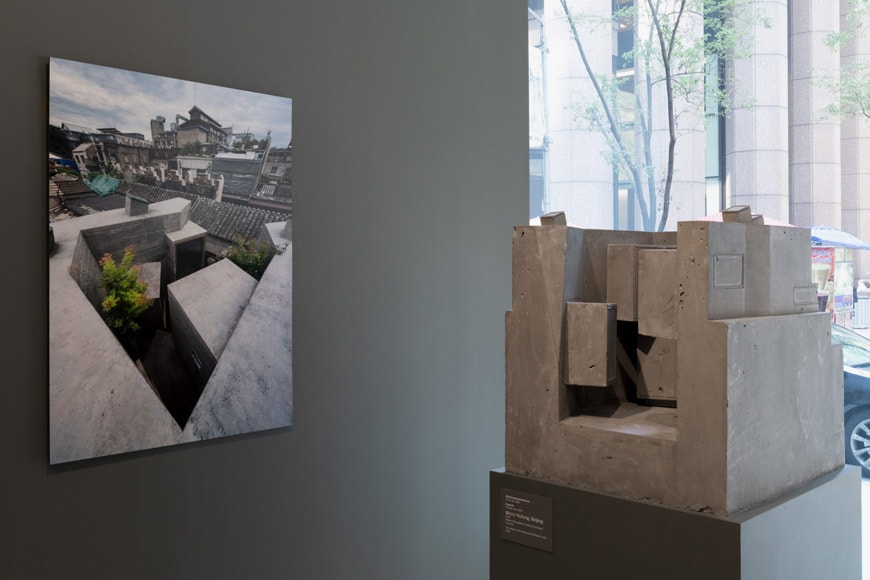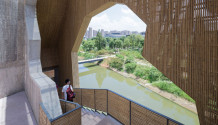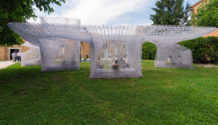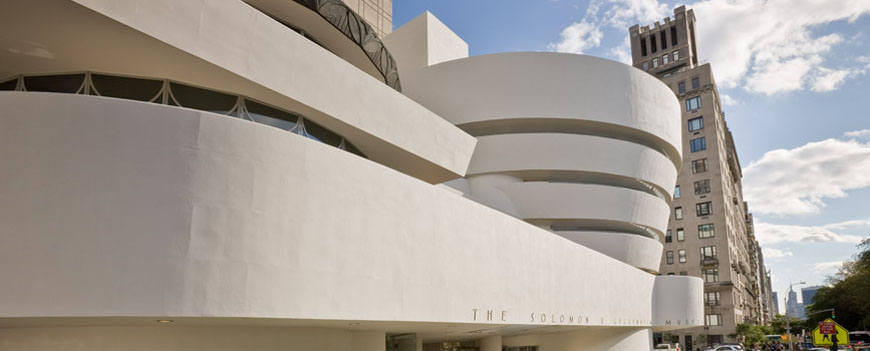How young Chinese architects are engaging with the preexisting built environment
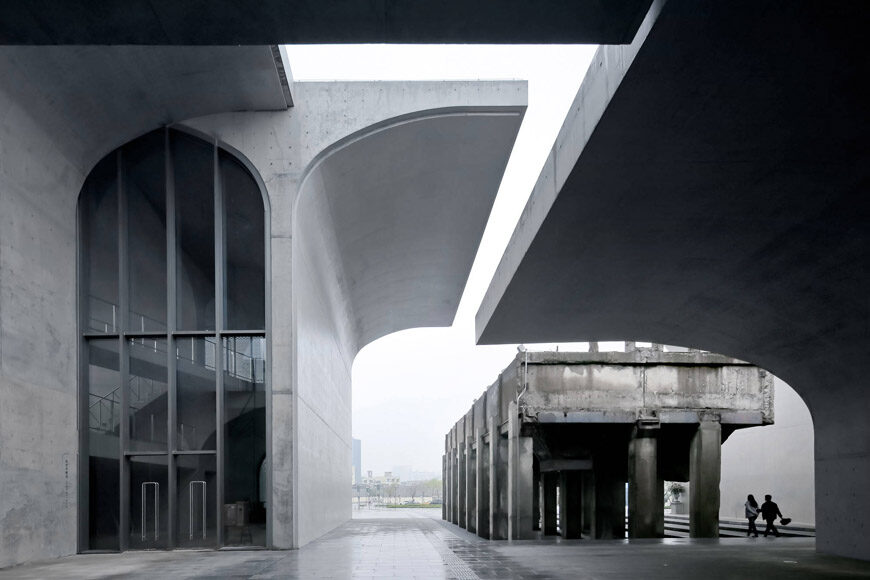
How young Chinese architects are engaging with the preexisting built environment
Until July 4, 2022, the MoMA– Museum of Modern Art presents ‘Reuse, Renew, Recycle: Recent Architecture from China‘, an exhibition highlighting a new generation of Chinese architects and their commitment to social and environmental sustainability.
In the past three decades, China’s economic and societal transformation has been accompanied by a building boom that made the country the largest construction site in human history. After years of focusing on urban megaprojects and spectacular architectural objects – many of which were designed by Western architects – a rethinking has begun by a younger generation of architects working independently from state-run design institutes. Collectively, these architects share an approach to the design of the built environment marked by a general skepticism of the tabula rasa approach that has transformed the fabric of the country’s cities and changed the everyday lives of millions. Instead, many members of this generation are invested in relatively small-scale interventions that seek to meaningfully engage with the preexisting built environment and established social structures. Many of these projects have occurred outside the traditional population centers and megacities, and have resulted in a revival of China’s secondary cities and rural regions.
cover image: Atelier Deshaus, Long Museum West Bund, Shanghai, China, 2012–2013. Photograph by Shengliang Su (MoMA 263.2020.4)
DnA_Design and Architecture, Bamboo Theater, HengKeng Village, Songyang, China, 2015. Photograph by Wang Ziling (MoMA 264.2020.3)
The exhibition presents eight projects that speak to a multiplicity of architectural methodologies ranging from the adaptive reuse of former industrial buildings, the recycling of building materials, and the reinterpretation of ancient construction techniques to the economic rejuvenation of rural villages or entire regions through non-invasive architectural insertions. Anchoring the exhibition are the projects by Pritzker Prize-winning Amateur Architecture Studio (Wang Shu and Lu Wenyu), Archi-Union Architects (Philip F. Yuan), Atelier Deshaus (Liu Yichun and Chen Yifeng), DnA_Design and Architecture (Xu Tiantian), Studio Zhu Pei (Zhu Pei), Vector Architects (Dong Gong), and Aga Khan Award laureate ZAO/standardarchitecture (Zhang Ke).
Developed following a four-year research initiative, which has included extensive conversations with the architects and numerous site visits to all the projects presented, the exhibition features models, drawings, photographs, videos, and architectural mock-ups drawn from a recent acquisition of some 160 works of Chinese contemporary architecture.
Reuse, Renew, Recycle: Recent Architecture from China is organized by Martino Stierli, The Philip Johnson Chief Curator of Architecture and Design, and Evangelos Kotsioris, Assistant Curator, Department of Architecture and Design. Curatorial advice was provided by Prof. Li Xiangning of Tongji University, Shanghai.
Vector Architects, Alila Yangshuo Hotel, Yangshuo, Guilin, Guangxi, China, 2013–2017. Photograph by Shengliang Su (MoMA 295.2020.2)
Zhang Ke (Chinese, born 1970), Micro-Hutong, Beijing, China, 2016.
Photograph by Wu Qingshan (MoMA 74.2018.5)
Studio Zhu Pei, Jingdezhen Imperial Kiln Museum, Jingdezhen, Jiangxi, China, 2016–2020.
© schranimage
Reuse, Renew, Recycle: Recent Architecture from China
On view from September 18, 2021, through July 4, 2022
MoMA, 11 West 53 Street, New York, NY 10019
Reuse, Renew, Recycle: Recent Architecture from China – Installation Views
Installation views of the exhibition Reuse, Renew, Recycle: Recent Architecture from China, September 18, 2021 – July 4, 2022. The Museum of Modern Art, New York. Digital Image © 2021, The Museum of Modern Art, New York. Photo by Robert Gerhardt.
All images are courtesy of MoMA
copyright Inexhibit 2025 - ISSN: 2283-5474

